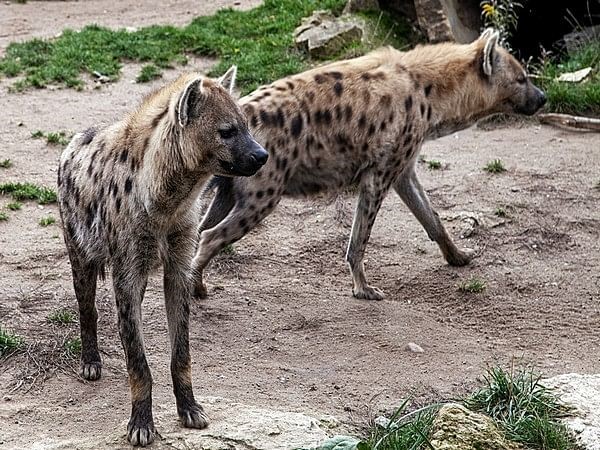Free Courses Sale ends Soon, Get It Now


Free Courses Sale ends Soon, Get It Now



Disclaimer: Copyright infringement not intended.
Context
Other Details
Cause of downward trajectory
Hyena
Features
Distribution
Threat
Significance to Planet
IUCN Status
|
PRACTICE QUESTION Consider the following statements about Hyenas: 1. They are significant species to maintain the balance of ecosystem and are categorized as endangered species in the IUCN red list. 2. A study on the Hyenas’ societies observes that upward mobility is impossible in Hyenas. Which of the statements given above is/are correct? A. 1 only B. 2 only C. Both 1 and 2 D. Neither 1 nor 2 Answer: (D) |
© 2024 iasgyan. All right reserved